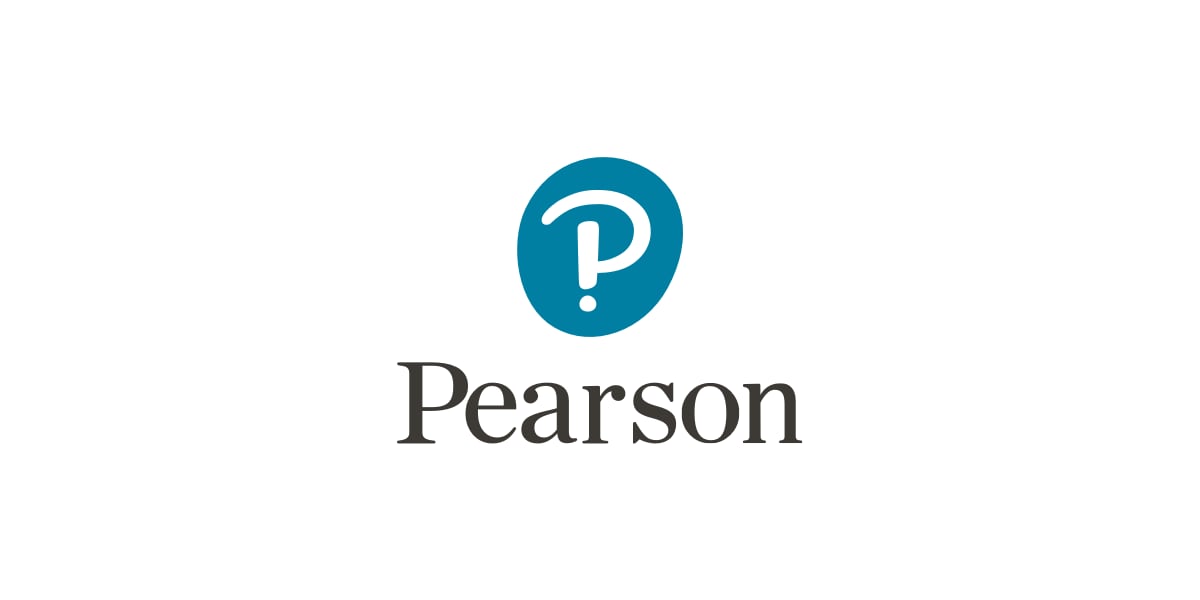Evaluates functional motor skills in activities livingPearson Clinical distributes but does not publish this product.
Goal-Oriented Assessment of Lifeskills
GOAL
Evaluates functional motor skills in activities livingPearson Clinical distributes but does not publish this product.Choose from our formats
Test forms & reports
Booklets, record forms, answer sheets, report usages & subscriptions
1 option